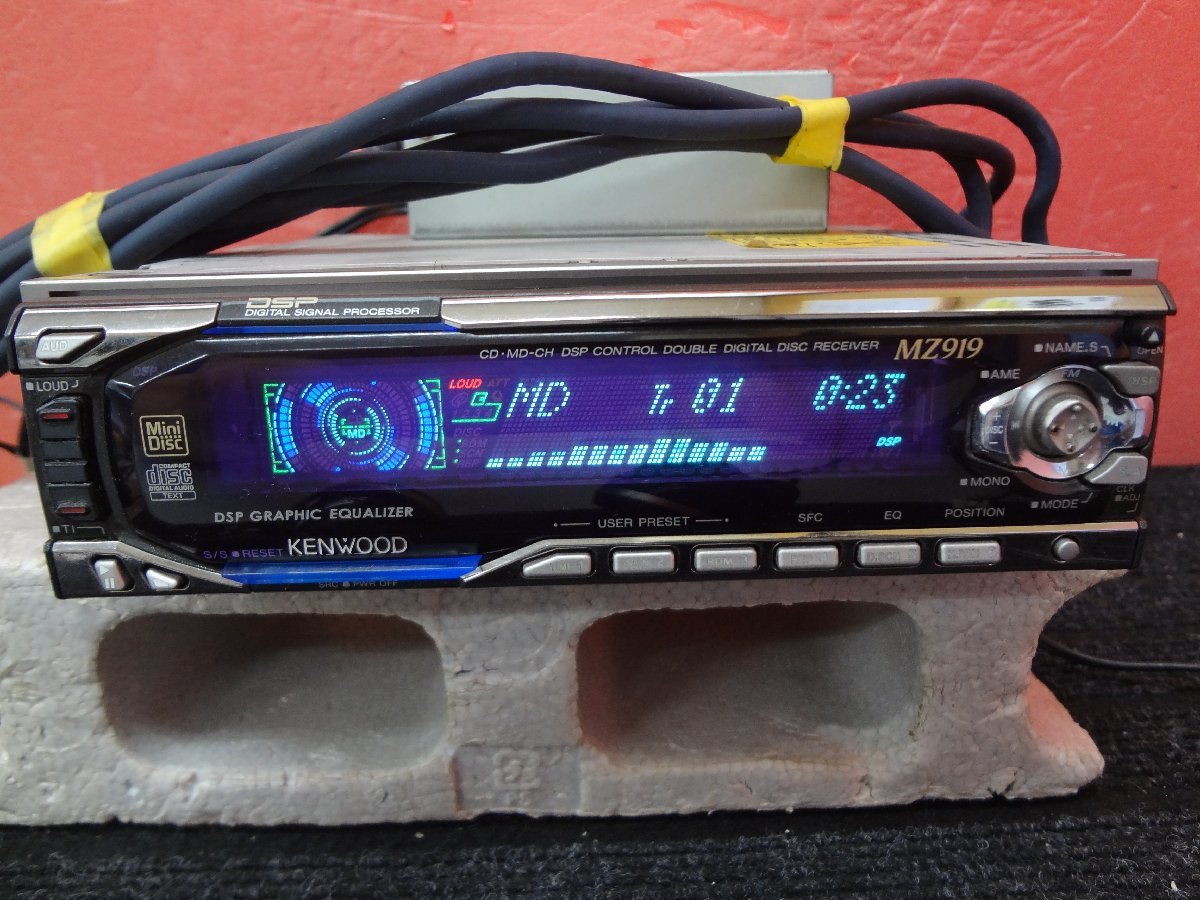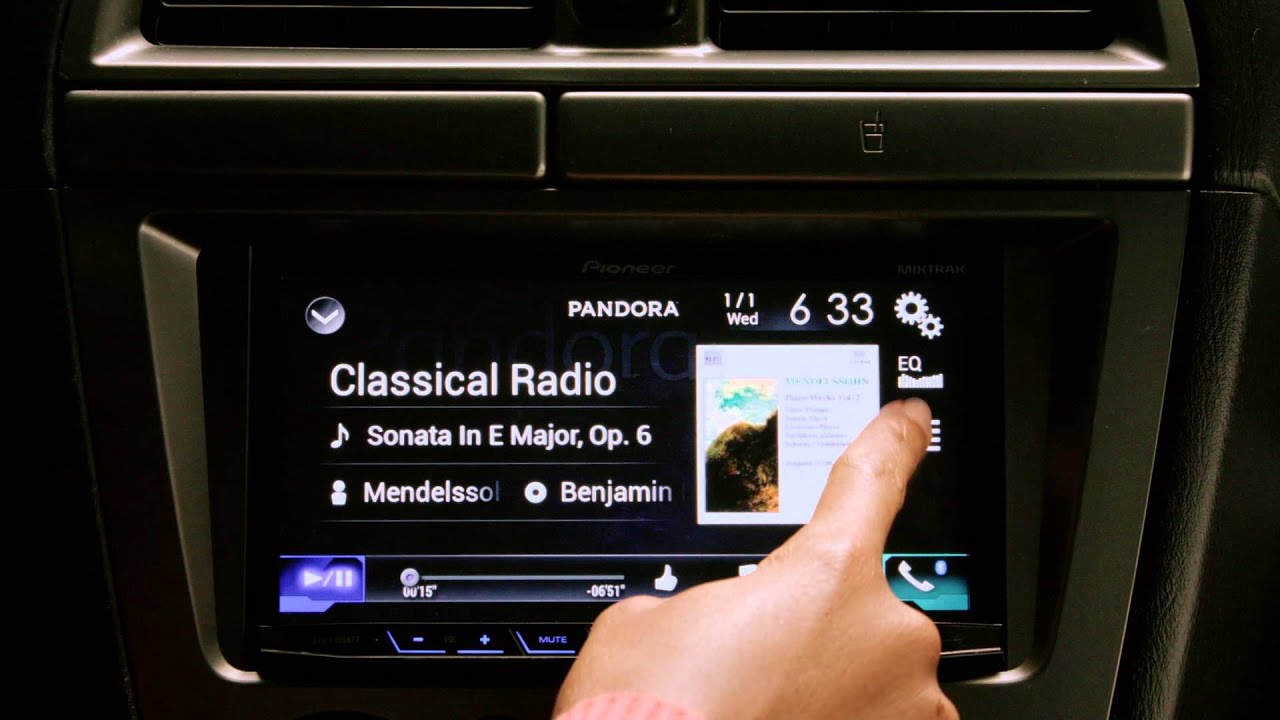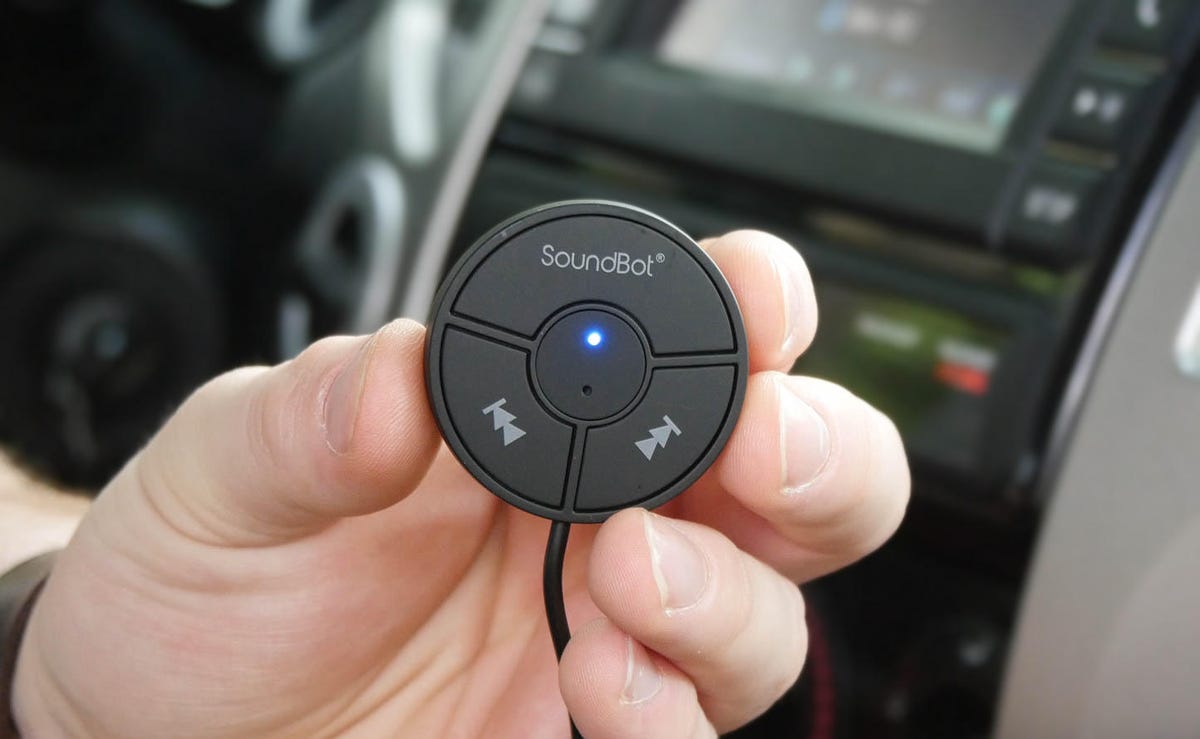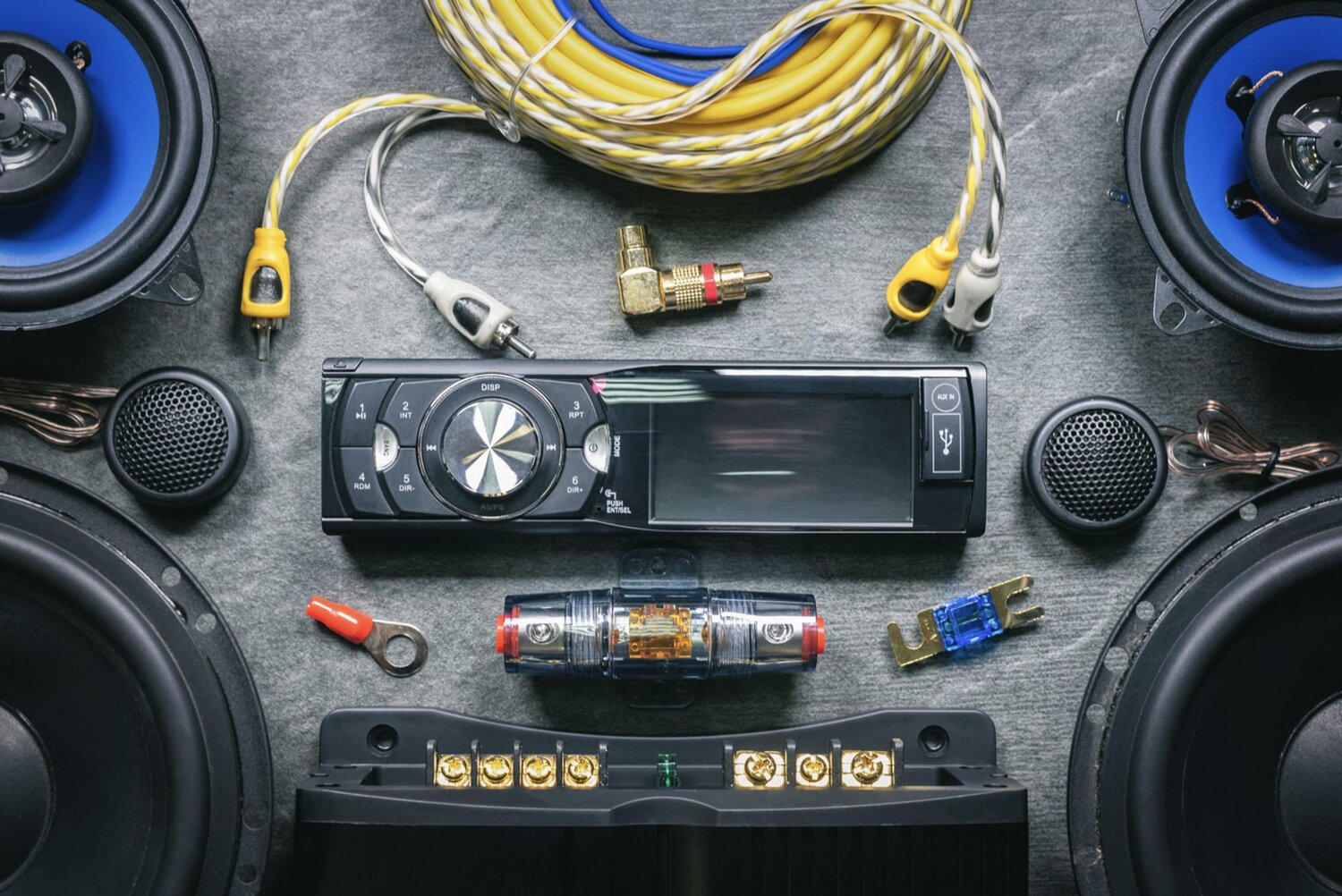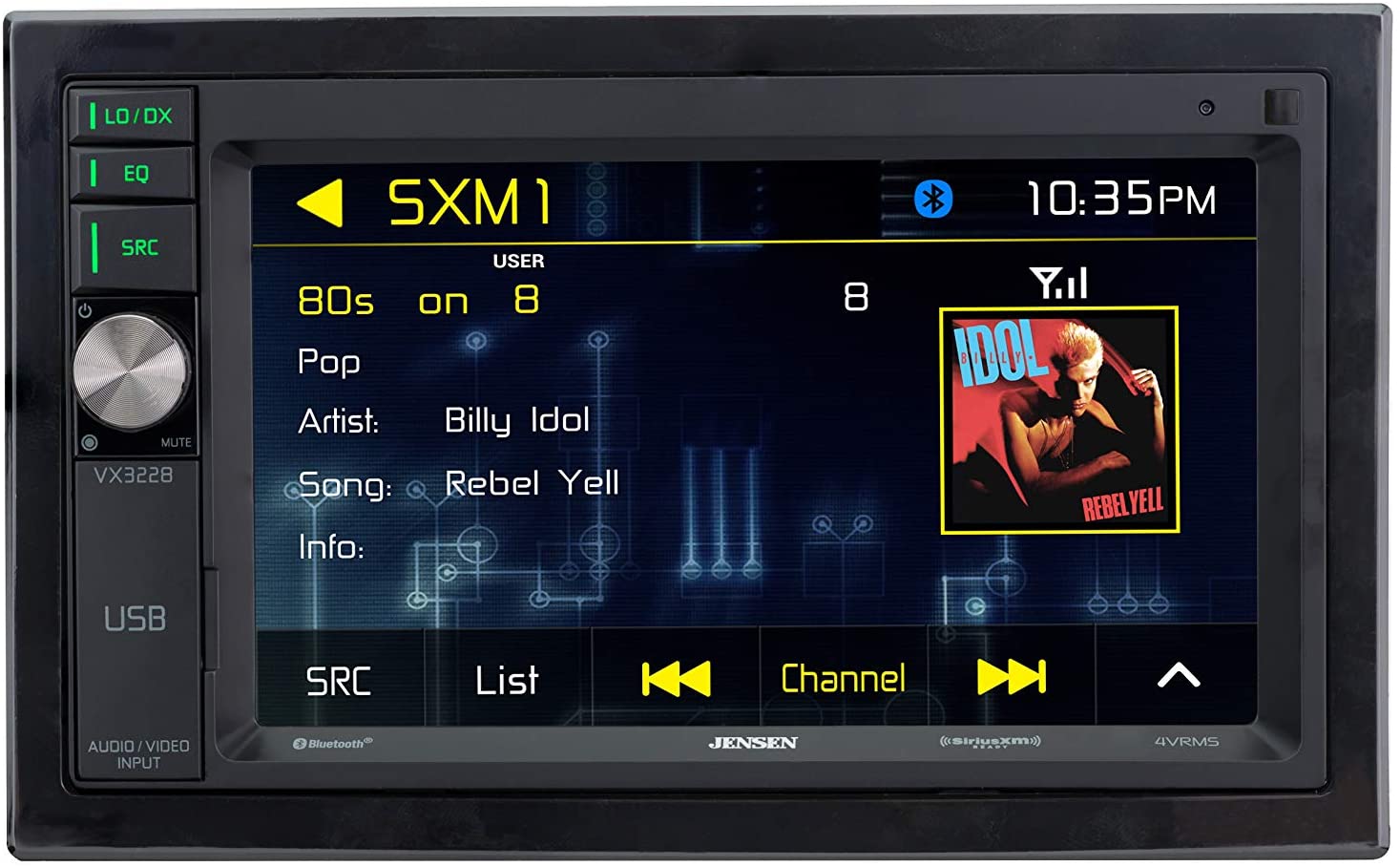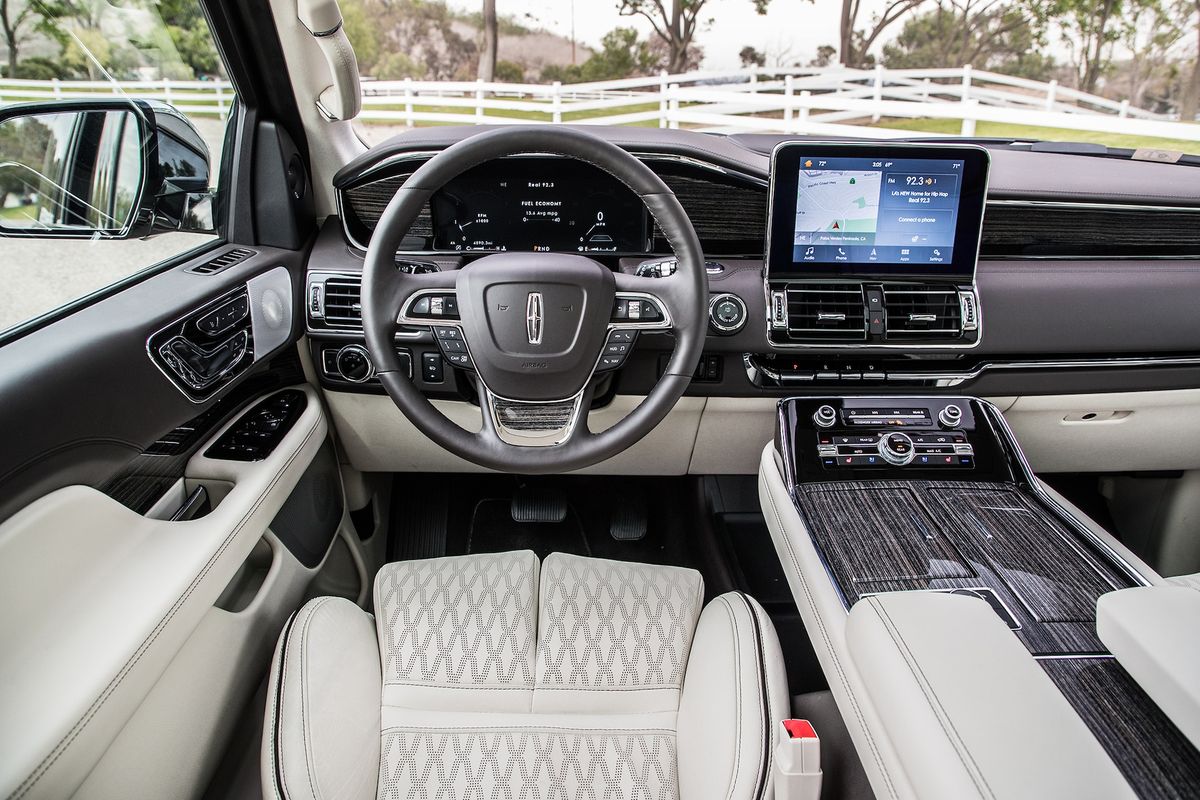Home>Production & Technology>Stereo>How To Incorporate Standalone Tweeters To Car Stereo
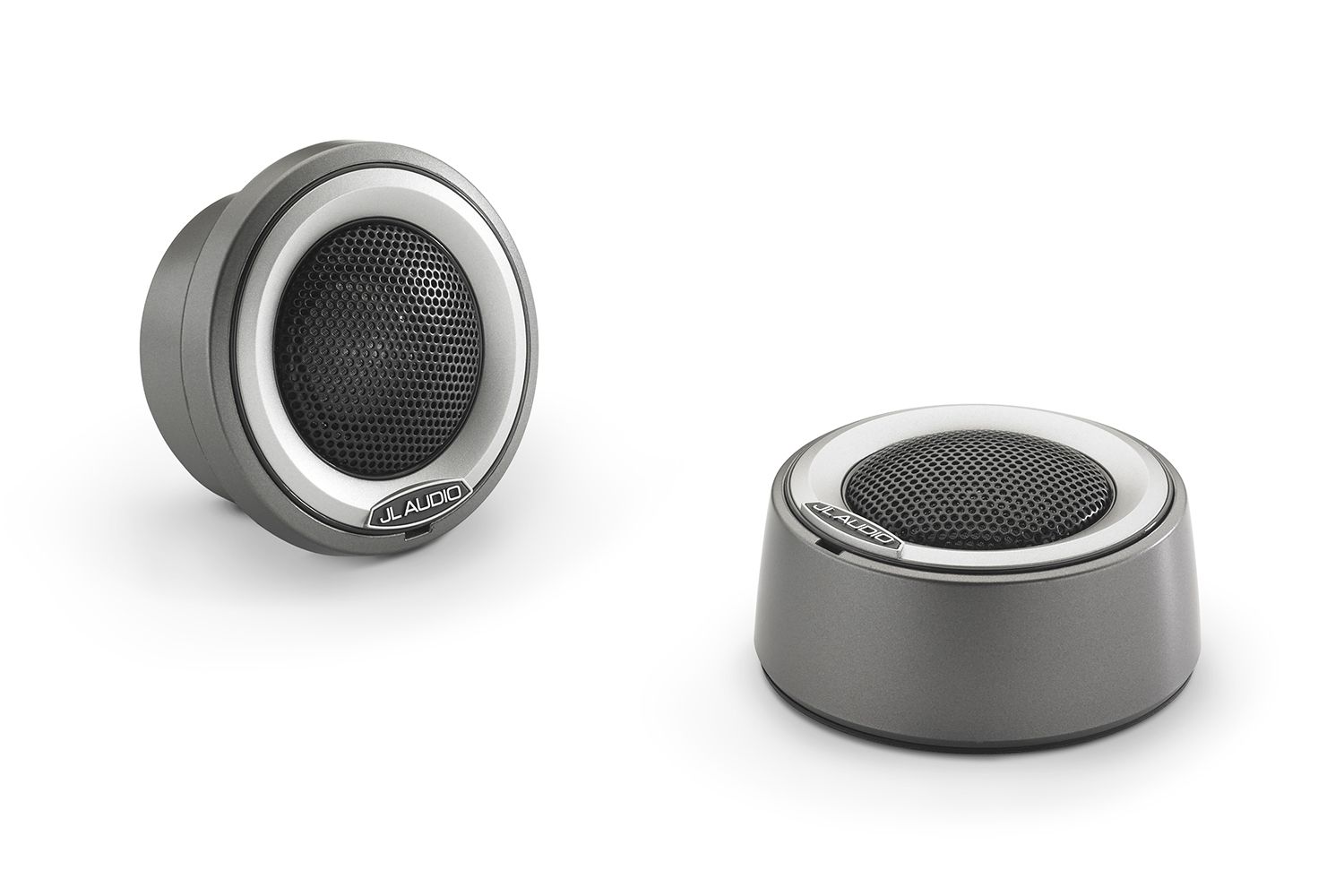

Stereo
How To Incorporate Standalone Tweeters To Car Stereo
Modified: January 22, 2024
Learn how to enhance your car stereo system by incorporating standalone tweeters for improved audio quality and clarity. Upgrade your stereo with these simple steps to elevate your listening experience.
(Many of the links in this article redirect to a specific reviewed product. Your purchase of these products through affiliate links helps to generate commission for AudioLover.com, at no extra cost. Learn more)
Table of Contents
Introduction
Welcome to the world of car audio enthusiasts! One of the key components of a high-quality car audio system is the speakers. Not all factory-installed car stereos come with standalone tweeters, which are designed specifically to handle the high frequencies and add depth and clarity to the sound. However, don’t worry because you can still enhance your car audio experience by adding standalone tweeters to your existing car stereo system.
In this article, we will dive into the world of standalone tweeters and guide you through the process of incorporating them into your car stereo setup. We will cover everything from understanding standalone tweeters to wiring them and optimizing their placement for optimal sound quality. Whether you are new to car audio or a seasoned enthusiast looking to upgrade your system, this article will provide you with the knowledge you need to take your car audio to the next level.
Before we get into the details, it’s important to note that adding standalone tweeters to your car stereo requires some technical knowledge and basic understanding of car audio systems. If you’re not comfortable with electronics or wiring, it’s always a good idea to consult a professional car audio installer to ensure a proper installation.
Now, let’s kick things off by understanding what standalone tweeters are and why they are important for achieving high-quality sound in your car audio system.
Understanding Standalone Tweeters
Standalone tweeters are small speakers specifically designed to reproduce high-frequency sounds, such as cymbals, vocals, and other high-pitched instruments. They are often used in conjunction with woofers and mid-range speakers to create a balanced and immersive soundstage in a car audio system.
Unlike full-range speakers, standalone tweeters are dedicated solely to handling high frequencies. This specialization allows them to reproduce these frequencies more accurately and with greater clarity, resulting in enhanced detail and realism in the music. By incorporating standalone tweeters into your car audio system, you can achieve a more dynamic and engaging listening experience.
Standalone tweeters come in different designs, including dome and cone tweeters. Dome tweeters feature a small dome-shaped diaphragm made of materials such as silk, textile blends, or metal alloys. Cone tweeters, on the other hand, have a cone-shaped diaphragm and are typically made of materials like polypropylene or carbon fiber.
When choosing standalone tweeters, it’s important to consider factors such as sensitivity, power handling capability, and frequency response. These specifications determine how well the tweeters will integrate with your existing car audio system and how effectively they will reproduce the desired frequencies.
Now that you know what standalone tweeters are and their purpose in a car audio system, it’s important to ensure compatibility and select the right mounting options before moving forward with the installation process.
Compatibility and Mounting Options
Before adding standalone tweeters to your car stereo, it’s essential to ensure compatibility with your existing system. Check the power output of your car stereo and make sure it can support the additional tweeters. If the power output is insufficient, you may need to consider upgrading your car stereo or using an external amplifier to drive the tweeters.
Next, consider the mounting options available for incorporating standalone tweeters into your car. There are typically three common mounting options:
- Flush Mount: This involves mounting the tweeter at the same level as the speaker grille, providing a neat and integrated look. It requires drilling a hole and securely fastening the tweeter in place.
- Surface Mount: Surface mount tweeters are attached to the surface of the car interior, such as the dashboard or door panel. They are less invasive to install and can be adjusted for optimal sound projection.
- Component Speaker Setup: If you are planning a more comprehensive audio upgrade, you may opt for a component speaker setup. This involves separate individual tweeters, mid-range drivers, and woofers, allowing for more precise sound staging and customization.
When choosing the mounting option, consider factors such as aesthetics, available space, and desired sound quality. Each mounting option has its advantages and limitations, so choose the one that best suits your preferences and the design of your car’s interior.
It’s worth noting that the installation process may involve removing door panels or other interior trim pieces. If you’re not confident in your DIY skills, it’s recommended to seek professional installation assistance to avoid any damage to your vehicle.
Now that you have determined compatibility and selected the mounting option for your standalone tweeters, let’s move on to the next step: wiring them to your car stereo.
Wiring Standalone Tweeters to Car Stereo
Once you have determined compatibility and selected the mounting option for your standalone tweeters, the next step is to wire them to your car stereo. Here’s a step-by-step guide to help you with the wiring process:
- Identify the wiring harness: Start by locating the wiring harness behind the car stereo. This is where you will connect the wires from the standalone tweeters.
- Connect the positive wire: Take the positive wire from the tweeter and connect it to the positive terminal in the wiring harness. Ensure a secure and stable connection.
- Connect the negative wire: Take the negative wire from the tweeter and connect it to the negative terminal in the wiring harness. Again, ensure a secure and stable connection.
- Insulate the connections: After connecting the wires, it’s crucial to insulate the connections using electrical tape or heat-shrink tubing. This prevents any exposed wires from coming into contact with other metal surfaces and causing electrical issues.
- Test the connections: Before reassembling the car stereo, test the connections by playing some music. Ensure that the tweeters are producing sound and functioning properly.
- Secure the tweeters: Once you have confirmed that the tweeters are working correctly, secure them in their chosen mounting location, whether it be flush mount or surface mount. Use the provided hardware or adhesive to ensure a stable and vibration-free installation.
Remember to refer to the wiring diagram and instructions provided by the tweeter manufacturer for specific guidance on wire color coding and connection details. It’s also important to ensure that the wires are routed neatly and safely to avoid interference or damage.
If you are not familiar with car electronics or wiring, it’s highly recommended to consult a professional car audio installer for assistance. They have the expertise and knowledge to ensure a proper and safe installation.
Now that you have successfully wired your standalone tweeters to your car stereo, it’s time to adjust their placement for optimal sound performance.
Adjusting Tweeter Placement
Proper tweeter placement is crucial for achieving optimal sound performance in your car audio system. The placement of standalone tweeters can significantly impact the soundstage, imaging, and overall clarity of the music. Here are some tips to help you adjust the tweeter placement:
- Experiment with positioning: Start by mounting the tweeters in the chosen location, whether it’s on the dashboard, door panels, or A-pillars. Play some music and listen carefully to the sound. If you’re not satisfied, try adjusting the angle and position of the tweeters to find the sweet spot that provides the best sound reproduction.
- Aim towards the listeners: Ideally, the tweeters should be angled towards the listeners. This helps direct the high-frequency sounds directly at the listener’s ears, enhancing the stereo imaging and creating a more immersive listening experience.
- Avoid obstructions: Ensure that there are no obstructions blocking the path between the tweeters and the listener. Objects like dashboard trim, side mirrors, or other interior components can interfere with the sound projection and degrade the overall sound quality.
- Consider tweeter height: The height of the tweeters can also affect the sound dispersion and imaging. Higher tweeter placement can provide a more spacious soundstage, while lower placement can enhance sound projection and localization. Experiment with different heights to find the optimal position for your listening preferences.
- Fine-tune with equalization: After adjusting the tweeter placement, you may need to fine-tune the sound using the equalization settings on your car stereo. Pay attention to the treble and high-frequency adjustments to achieve a well-balanced sound signature.
It’s important to note that every car interior and listener preference is unique, so there is no one-size-fits-all approach to tweeter placement. Take your time to experiment with different positions and angles until you achieve the desired sound quality.
Once you have optimized the placement of your standalone tweeters, it’s time to move on to the final step: tweeter setup and tuning.
Tweeter Setup and Tuning
Now that you have successfully installed and adjusted the placement of your standalone tweeters, it’s time to fine-tune their performance to ensure they seamlessly integrate with your car audio system. Here are some steps to help you with tweeter setup and tuning:
- Balance the sound: Start by adjusting the balance of your car stereo to ensure that the sound is evenly distributed between the tweeters and other speakers in your system. This will ensure a cohesive and well-rounded audio experience.
- Adjust the crossover: Most standalone tweeters come with a built-in crossover network that separates the high-frequency signals from the rest of the audio signals. It’s important to adjust the crossover settings to blend the tweeters seamlessly with the rest of your car audio system. Consult the user manual or guidelines provided by the tweeter manufacturer for specific instructions on crossover adjustment.
- Measure and analyze: Consider using a sound measuring tool or app to measure the frequency response and analyze the sound output of your car audio system. This will help you identify any peaks or dips in the frequency range and make necessary adjustments to achieve a more balanced sound.
- Consider sound deadening: To further enhance the performance of your tweeters, you may want to consider applying sound deadening materials to the car doors and panels. This reduces vibrations and external noise, allowing the tweeters to reproduce sound more accurately and without interference.
- Listen and fine-tune: Finally, trust your ears and listen to various genres of music to assess the overall sound quality. Make small adjustments to the equalizer settings or crossover points if necessary to achieve a sound signature that complements your listening preferences.
It’s important to note that tweeter setup and tuning may require some trial and error. Take your time to experiment with different settings and listen critically to the results. Don’t hesitate to seek guidance from experienced car audio enthusiasts or professionals if you need assistance.
With proper tweeter setup and tuning, you can optimize the performance of your standalone tweeters and create a truly immersive and enjoyable listening experience in your car.
Now that you have gained a comprehensive understanding of incorporating standalone tweeters into your car stereo system, let’s wrap up this article.
Conclusion
Adding standalone tweeters to your car stereo system is a great way to enhance your audio experience and achieve a higher level of sound quality. These specialized speakers are designed to reproduce high frequencies with exceptional clarity and detail, bringing depth and realism to your favorite music.
By understanding the compatibility and mounting options, wiring the tweeters correctly, adjusting their placement, and fine-tuning their performance, you can achieve optimal sound performance in your car audio system. Experiment with different positions, angles, and settings to find the optimal configuration that suits your preferences and your car’s interior.
Remember, if you’re not comfortable with the installation or tuning process, it’s always best to consult a professional car audio installer who can ensure a proper and safe installation while achieving the best possible sound quality.
With standalone tweeters incorporated into your car stereo system, you can enjoy an immersive and high-fidelity audio experience, where every note and detail comes to life. Sit back, relax, and enjoy the journey as your favorite songs are transformed into a captivating and dynamic sonic experience.
So go ahead, take the next step in upgrading your car audio system and enjoy the benefits of standalone tweeters. It’s time to elevate your driving experience with exceptional sound quality.


